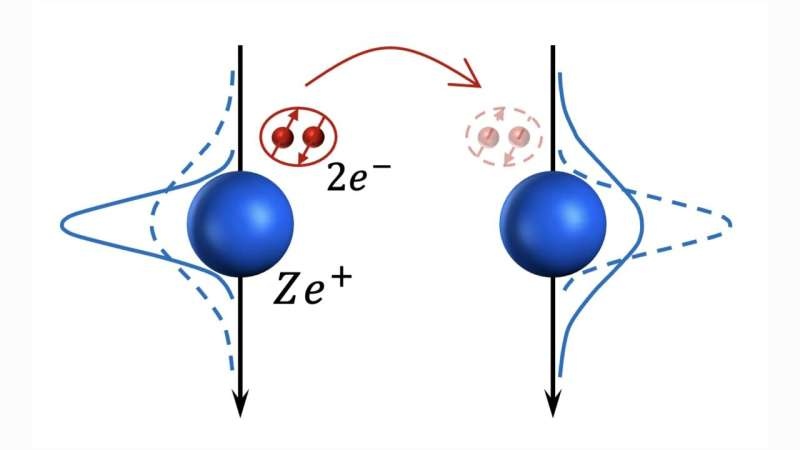Researchers uncover a new mechanism for achieving high-temperature superconductivity by exploring the potential of quadratic electron-phonon coupling. This groundbreaking discovery could pave the way for revolutionary advancements in energy-efficient electronics and power transmission.

The Quantum Bipolarons: Beyond a Frontier
The critical temperatures of conventional superconductors are low, making them usually applicable only to a small number of experimental applications. But now the researchers have identified a new mechanism that could circumvent these constraints.
All this hinges on something called quadratic electron-phonon coupling, where the energy of the interaction is directly related to the square of how far things are moving. This contrasts with the more traditional linear coupling, where the interaction depends linearly on the lattice vibrations.
The researchers have found evidence of ‘quantum bipolarons‘ – pairs of electrons that interact via quantum fluctuations in phonons by extending the Holstein model to include quadratic coupling. This quantum mechanical process can develop a superconducting state that is more durable than the other types of high-temperature superconductors and theoretically capable of critical temperatures above 100 Kelvins in real-world conditions, which would be a substantial increase over current restrictions.
Exploring the promise of superlattice materials
The researchers say an avenue to achieving this next step in high-temperature superconductivity is through engineered superlattice materials. These tailored materials either patterned or as interfaces between twisted materials, may host the best conditions for supporting quantum bipolarons.
While the standard picture, based on linear electron-phonon coupling, identifies attractive interactions from classical physics, the quantum bipolaron mechanism is governed by fully quantum mechanical concepts. This new direction opens up an interesting avenue for further work by researchers.
The researchers highlight the need to search for materials with a high quadratic electron? phonon coupling primarily using ab initio calculations, with no such systematic study having been performed thus far. On the other hand, these researchers should be able to bring high-temperature superconductivity closer to the boundaries of what is achievable by taking advantage of this type of quantum effect.
Conclusion
The quantum bipolaron mechanism thus constitutes a remarkable advance in the field of high-temperature superconductivity. The insights allowed by the distinctive features of quadratic electron-phonon coupling could have implications for energy-efficient electronics, high-power transmission, and more in our world. With an unknown scientific horizon lying ahead, the truth is that superconductivity has never held as much promise as it does now.
